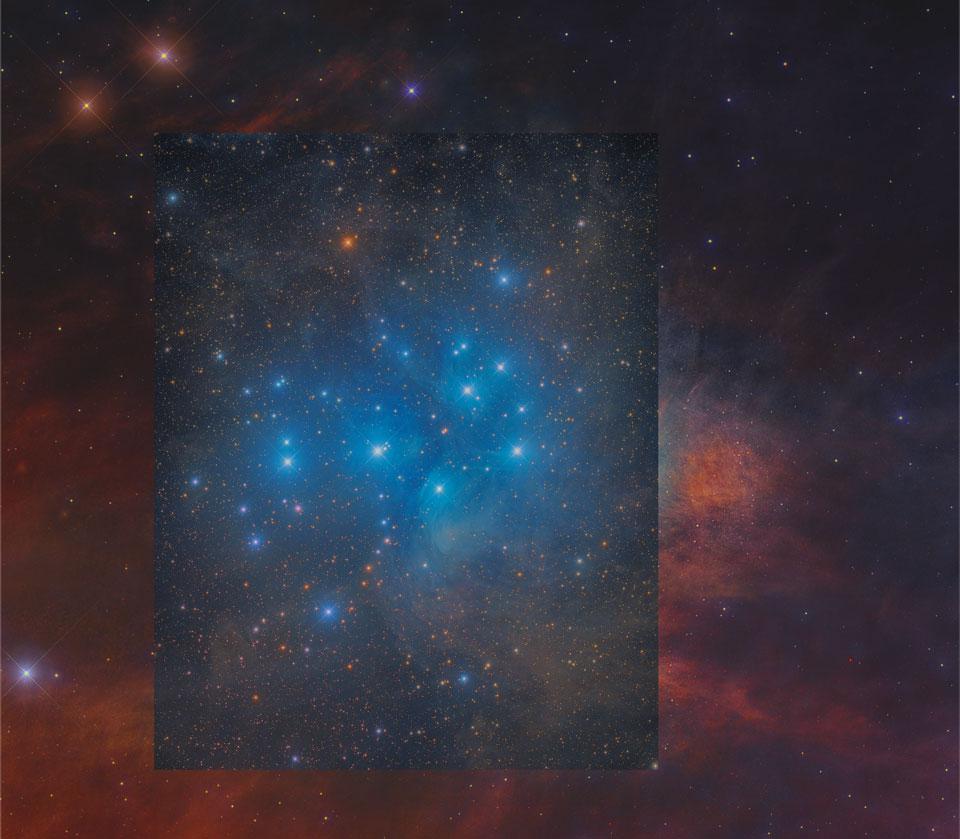The difference is that IC 435 is a "pure" reflection nebula, centered on B5V-type star HD 38087, which is too cool to ionize an emission nebula. IC 432, by contrast, is centered on B2IV star HD 37776, which is just hot enough to ionize a faint emission nebula. But HD 37776 is not hot and powerful enough to quickly blow away all the surrounding dust, which is why IC 432 is also a reflection nebula.Nitpicker wrote: ↑Fri Apr 05, 2019 6:05 amDon't be too hard on yourself, Ann, they are just funny coloured puffs of almost nothing, after all. I was also unsure which was which when I was writing my earlier posts, so I only referred to the image colours in general.
But both puffs are said to be reflection nebulae, and I suppose the interesting thing about them, in this context, is that their reflected starlight is largely filtered out from the narrowband APOD, revealing the elemental nature of the puffs themselves.
Ann

